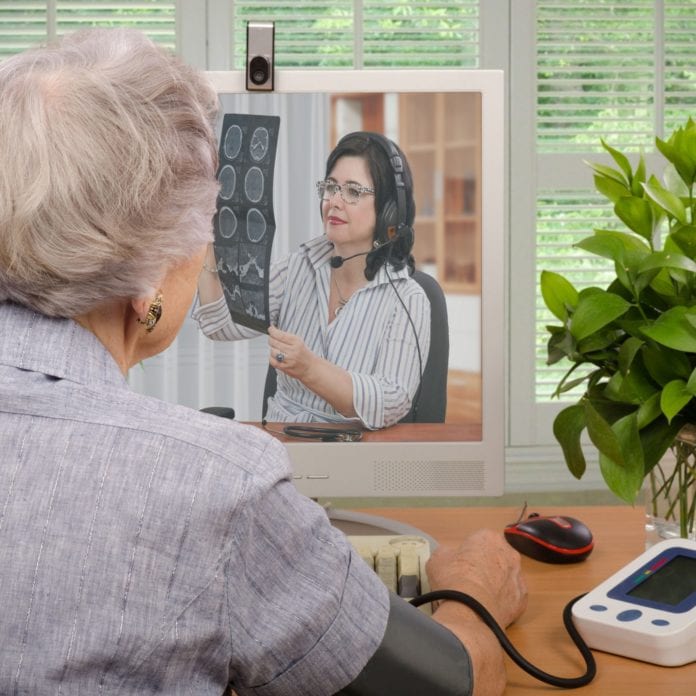Smart hospitals, AT&T and IoT
Nadia Morris, head of innovation at the AT&T Connected Health Foundry in Houston, presided over a session titled “Connecting smart hospitals with care at home” at this year’s TMForum Innovation InFocus conference. Morris highlighted problems in the health care industry, spoke of how new technologies can alleviate these problems and detailed roadblocks when implementing “internet of things” technologies for smart hospitals.

There exists a scale problem in health care, with not enough doctors and nurses to take care of the sick and elderly, according to Morris.
“If you look at senior populations, the challenges are even greater,” Morris said. “The only way to get over it is to use technology.”
AT&T is working to connect people to care teams and extend smart hospitals into the home. Not only do people heal and age better in their own homes, but doctors and hospitals would love to get them out of their facilities and into a more familiar environment. The telecom operator is working with medical device manufacturers to determine what tools it needs to build to do that safely.
IoT sensors making the difference
Care from home goes hand-in-hand with remote patient monitoring. New IoT technologies powered by sensors can detect blood and glucose levels, and other technologies like pulse oximeters and new video chat tools can support home healing. Doctors can send their patients home and gather data while they are there to make sure they are in good enough condition to not have to return to the hospital. If they are not healthy enough, smart apps can help get people back in the doctor’s office to avoid wasting time and money.

The challenge with standalone devices is they must be built with safe and secure ways to get data into the cloud, to doctors and providers to understand if those devices are functioning properly and giving the correct dose of medication.
“If you are not doing that, you’ve just got a dumb device,” Morris said. “Sometimes devices can cause more harm than good.”
Another challenge is providing those who live in rural America the same coverage you can achieve in the city. There are great doctors and research organizations in the city, but things can be tricky for a sick patient living in a rural environment. Telemedicine and mixed reality can be used to combat these challenges. With telemedicine, patients can be treated without making the potentially risky trip to the city, and mixed reality can overlay virtual health records for both the patient and doctor’s use.
Hospitals are smart, just not connected
“I tore the sign off of our wall at the Foundry that said ‘smart hospitals’ because they already are,” Morris said. “They are smart within a sandbox, they are not connected to anything, not even each other.”
The goal at the AT&T Foundry is to get the data from those hospitals out of the basement, but a lack of trust with the cloud and the false sense of security that basement storage is safer than the cloud makes things difficult.
“Security is another issue, and one of the reasons doctors don’t trust IoT devices as medical devices,” Morris said. “We tried to convince hospitals to use a cloud system government organizations use, but hospitals thought it might not be good enough. They have to embrace technology and get over this hump.”
And with security issues comes privacy concerns. The Health Insurance Portability and Accountability Act and Health Information Technology for Economic and Clinical Health Act are regulations that determine what can be shared. Morris says patients use the fear of having their personal records in the wrong hands as a shield against adopting new technology driven practices.
“The reality is that electronic health records aren’t that great right now,” Morris said. “The biggest hurdle is that hospitals are not connected. There are no standards for electronic health records and they do not interconnect. You can’t get data from one hospital to the next. The future is to connect all things, wearables, sensors in the home, etc., and have everything transmitting safely and securely into cloud so doctors working in smart hospitals can go back to being doctor and not data entry clerks.”

